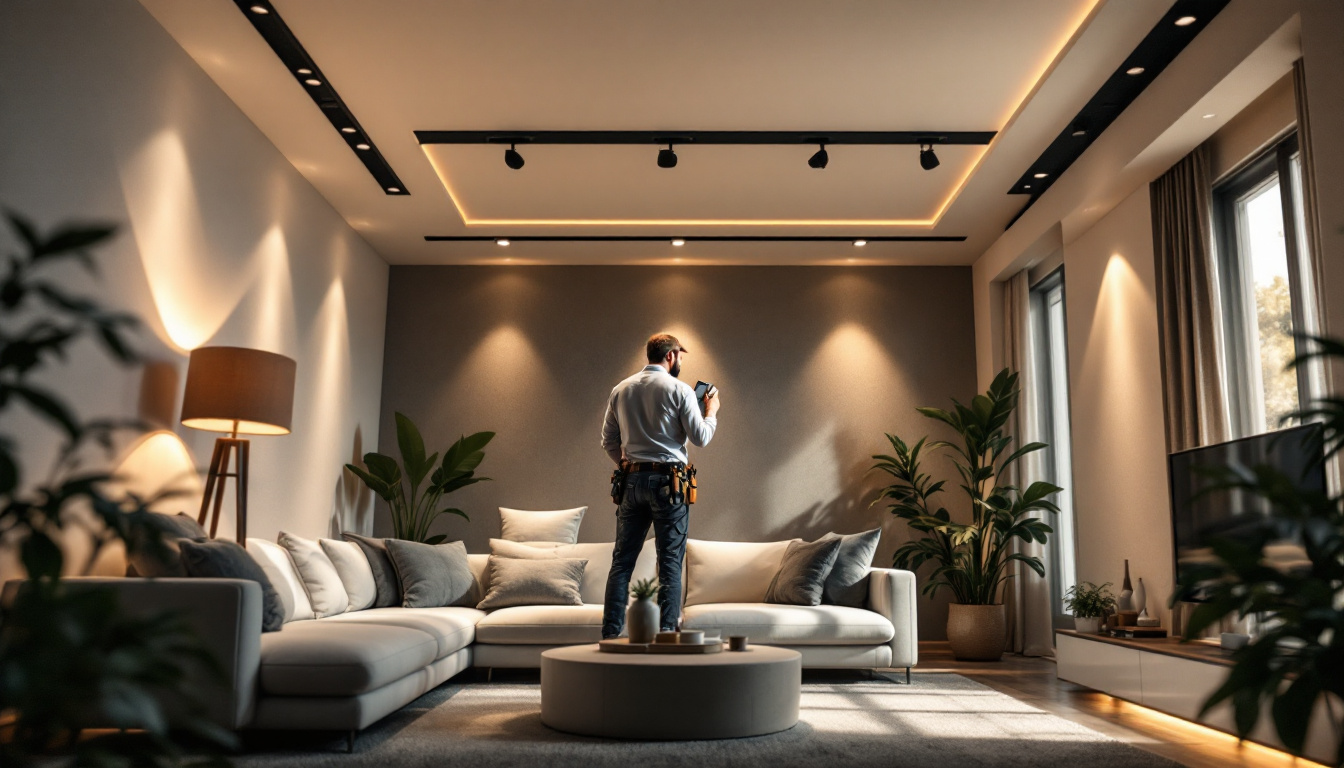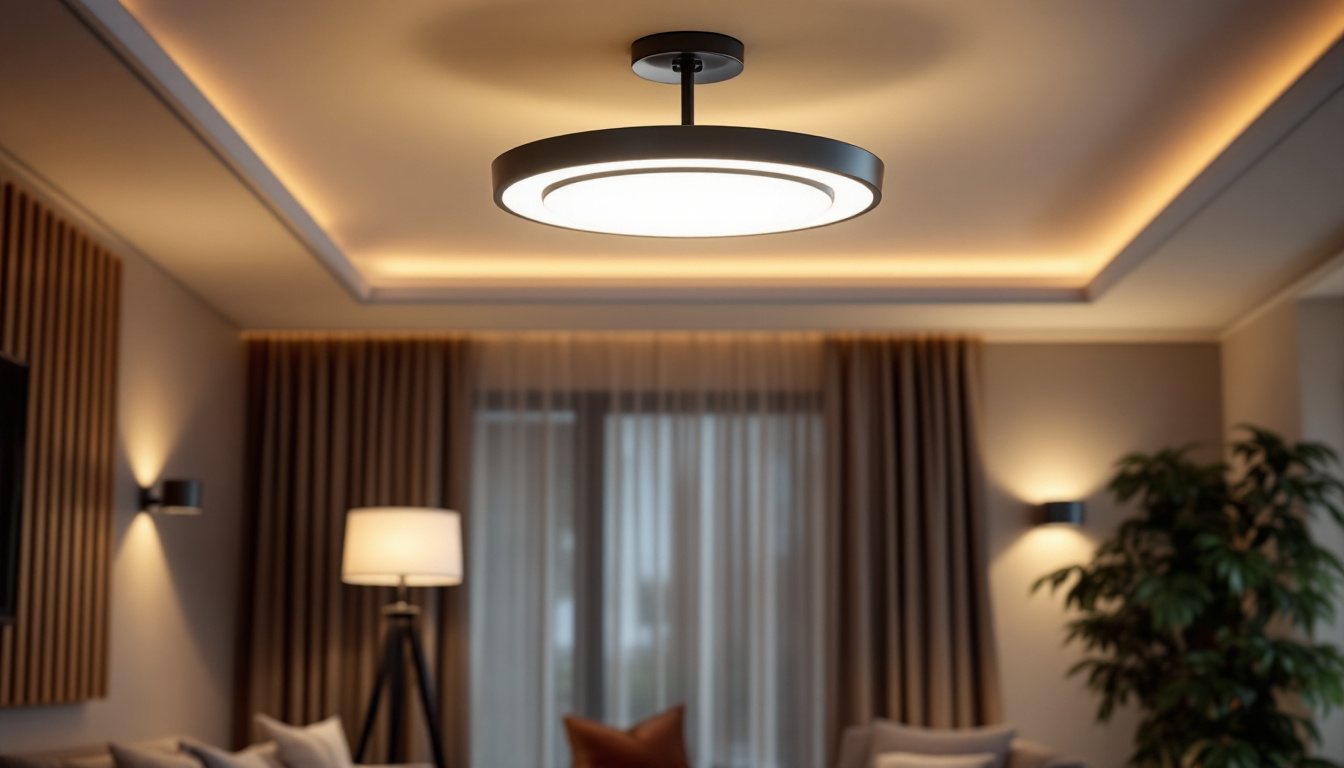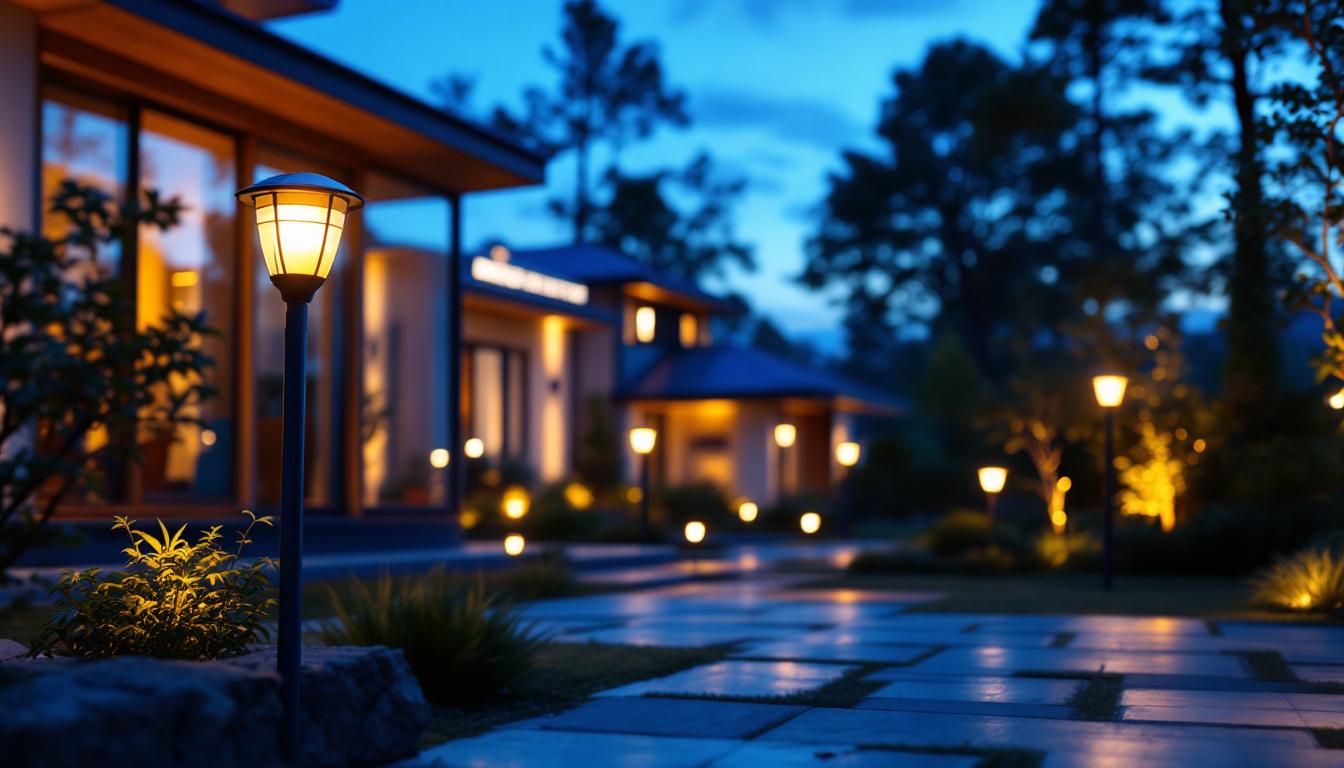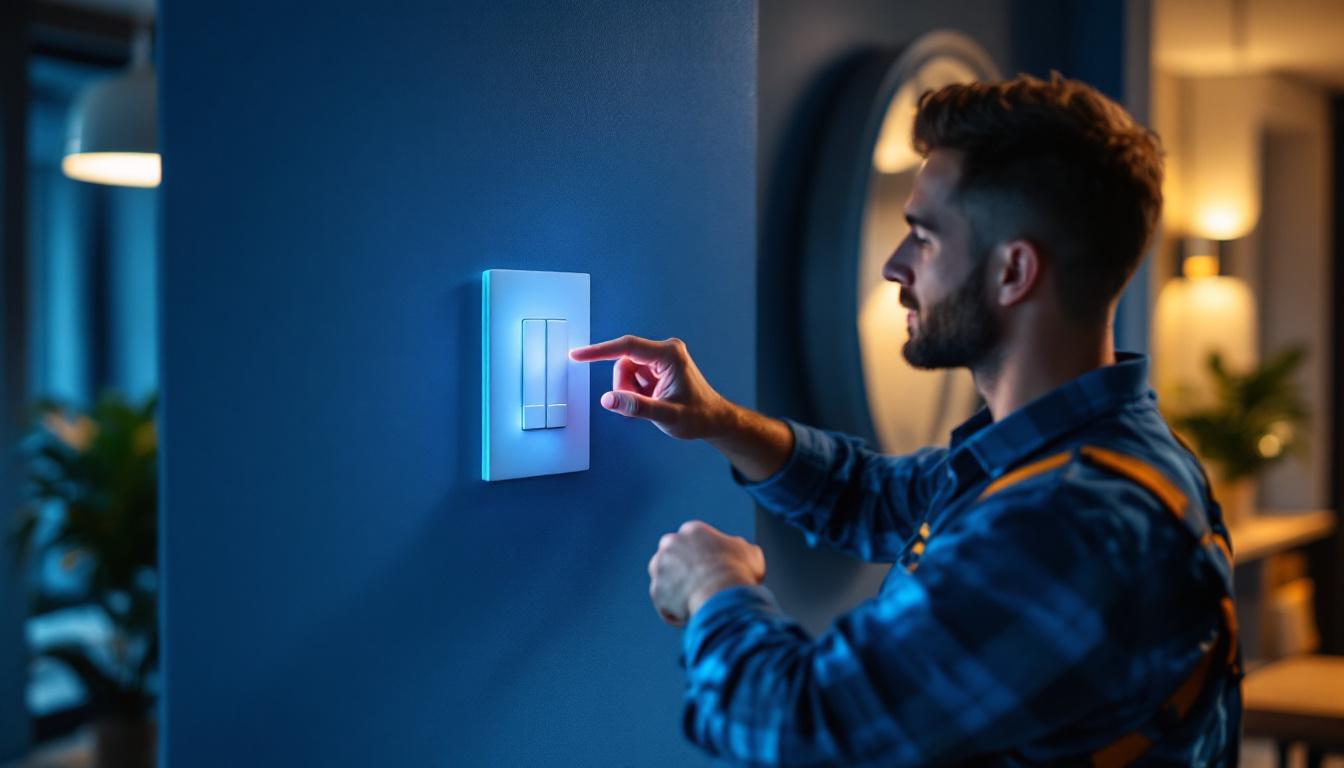
Recessed lighting has become an essential element in modern interior design, providing both functional and aesthetic benefits. For lighting contractors, understanding the intricacies of recessed lighting is crucial for delivering quality installations that meet client expectations. This article explores the top-rated recessed lighting options available, along with essential insights that contractors should consider when recommending products to their clients.
Recessed lighting, often referred to as can lights or pot lights, is installed into the ceiling, creating a clean and streamlined appearance. This type of lighting is versatile and can be used in various settings, from residential homes to commercial spaces. The primary components of recessed lighting include the housing, trim, and bulb, each playing a significant role in the overall performance and aesthetics of the fixture.
The housing is the part of the fixture that is installed in the ceiling. It can be either new construction or remodel housing, depending on whether the installation occurs in a newly built space or an existing one. New construction housing is typically used when the ceiling is open, while remodel housing is designed for retrofitting into existing ceilings.
The trim is the visible part of the fixture that provides the finishing touch. It comes in various styles, including baffle, reflector, and adjustable trims, allowing for customization based on the desired lighting effect. The bulb, often an LED or CFL, is the light source that determines the brightness and color temperature of the recessed lighting. When selecting bulbs, it’s essential to consider the color rendering index (CRI), as a higher CRI means colors will appear more vibrant and true to life, enhancing the overall ambiance of the space.
One of the most significant advantages of recessed lighting is its ability to create a seamless look in any space. Unlike traditional fixtures, recessed lights do not hang down, making them ideal for rooms with low ceilings or where a minimalist aesthetic is desired. Additionally, recessed lighting can be strategically placed to highlight architectural features, artwork, or specific areas of a room. For instance, placing recessed lights above a kitchen island can provide functional task lighting while also creating an inviting atmosphere for gatherings.
Energy efficiency is another compelling reason to consider recessed lighting. With the advancement of LED technology, these fixtures consume less energy while providing the same, if not better, illumination compared to incandescent bulbs. This not only reduces energy costs for homeowners but also contributes to a more sustainable environment. Furthermore, many recessed lighting systems are compatible with smart home technology, allowing users to control brightness and color temperature through mobile apps or voice commands, enhancing convenience and adaptability in modern living spaces. This integration not only adds to the functionality but also allows for creative lighting designs that can transform the mood of a room with just a few taps or voice prompts.
When it comes to selecting recessed lighting, contractors should be familiar with the top-rated options available in the market. These fixtures offer a combination of performance, reliability, and aesthetic appeal, making them ideal choices for various projects.
LED recessed lights have surged in popularity due to their energy efficiency and long lifespan. Unlike traditional incandescent bulbs, which may need to be replaced frequently, LED bulbs can last up to 25,000 hours. This longevity translates to reduced maintenance costs for clients and less hassle for contractors.
Moreover, LED recessed lights are available in a wide range of color temperatures, from warm white to cool daylight. This versatility allows contractors to cater to different preferences and design styles, enhancing the overall ambiance of the space.
As technology continues to evolve, smart recessed lighting has emerged as a game-changer in the lighting industry. These fixtures can be controlled remotely via smartphone apps or voice commands, providing users with unprecedented convenience and flexibility. Lighting contractors should consider integrating smart lighting solutions into their offerings, as they appeal to tech-savvy clients looking for modern solutions.
Smart recessed lights often come with features such as dimming capabilities, scheduling, and color-changing options, allowing homeowners to customize their lighting experience. This adaptability can significantly enhance the appeal of a space, making it more functional and enjoyable.
Adjustable recessed lights are another top-rated option, particularly for spaces that require focused illumination. These fixtures can be tilted or rotated to direct light where it is needed most, making them perfect for highlighting artwork or architectural details. Contractors should consider recommending adjustable recessed lights for clients who want to create a dynamic lighting scheme.
Additionally, adjustable recessed lights can be used in conjunction with other lighting sources, such as wall sconces or pendant lights, to create a layered lighting effect. This versatility allows for greater creativity in design, enabling contractors to deliver unique and personalized solutions to their clients.
Proper installation is crucial for ensuring that recessed lighting performs optimally and meets safety standards. Lighting contractors must be aware of various factors that can impact the installation process and the overall effectiveness of the lighting.
The type and height of the ceiling play a significant role in determining the appropriate recessed lighting fixtures. For example, in rooms with low ceilings, shallow housing may be necessary to avoid overwhelming the space. Conversely, in higher ceilings, deeper fixtures may be required to provide adequate illumination.
Contractors should also consider the ceiling material, as this can affect the installation method. For instance, drywall ceilings may require different techniques compared to those made of plaster or wood. Understanding these nuances ensures a smooth installation process and minimizes the risk of costly mistakes.
Recessed lighting requires careful attention to electrical considerations, including wiring and circuit load. Contractors must ensure that the existing electrical system can support the additional load from the recessed lights. This may involve upgrading the circuit or using fixtures with lower wattage to prevent overload.
Additionally, adhering to local building codes and regulations is essential for ensuring safety and compliance. Contractors should familiarize themselves with the relevant codes in their area and obtain any necessary permits before beginning the installation process.
Designing a lighting scheme that incorporates recessed lighting requires a thoughtful approach. Lighting contractors should consider the following tips to create an effective and visually appealing layout.
One of the key principles of effective lighting design is layering light. This involves combining different types of lighting, such as ambient, task, and accent lighting, to create a balanced and inviting atmosphere. Recessed lighting can serve as a primary source of ambient light while being complemented by other fixtures like pendant lights or wall sconces for added depth.
When planning the layout, contractors should consider the purpose of each space and the activities that will take place there. For example, in a kitchen, task lighting may be prioritized over ambient lighting to ensure adequate illumination for cooking and food preparation.
The spacing and placement of recessed lights are critical for achieving optimal illumination. A common guideline is to space the fixtures approximately 4 to 6 feet apart, depending on the height of the ceiling and the desired brightness. However, this can vary based on the specific design and purpose of the room.
In areas where focused lighting is needed, such as over a kitchen island or dining table, contractors should consider placing the recessed lights closer together to create a more concentrated beam. Additionally, avoiding placing recessed lights directly above seating areas can help prevent glare and create a more comfortable atmosphere.
Once recessed lighting is installed, ongoing maintenance is essential to ensure optimal performance and longevity. Contractors should educate their clients on proper care and upkeep to maximize the lifespan of the fixtures.
Dust and debris can accumulate on recessed lights, diminishing their brightness and overall effectiveness. Regular cleaning is necessary to maintain optimal performance. Clients should be encouraged to gently wipe the trim and lens with a soft, damp cloth to remove any buildup.
For more challenging stains or dirt, a mild cleaning solution can be used, but contractors should advise against using harsh chemicals that could damage the finish of the fixtures.
For recessed lighting that uses replaceable bulbs, educating clients on when and how to change them is vital. LED bulbs typically have a long lifespan, but they will eventually need replacement. Clients should be informed about the specific type of bulbs used in their fixtures and the proper procedures for replacing them safely.
Additionally, contractors can recommend keeping a few spare bulbs on hand to ensure that clients can quickly address any burnt-out fixtures without significant delay.
Recessed lighting offers a versatile and stylish solution for various lighting needs, making it a popular choice among homeowners and designers alike. For lighting contractors, understanding the top-rated options, installation considerations, and design principles is essential for delivering exceptional results.
By staying informed about the latest trends and technologies in recessed lighting, contractors can provide valuable insights to their clients, helping them make informed decisions that enhance their spaces. As the demand for energy-efficient and aesthetically pleasing lighting continues to grow, contractors who embrace the potential of recessed lighting will be well-positioned to succeed in the evolving market.
Ready to elevate your lighting installations with the best in the business? Look no further than LumenWholesale for a comprehensive range of top-rated recessed lighting options. We are committed to equipping you with spec-grade lighting products that not only meet but exceed industry standards. Say goodbye to local distributor markups and hello to unbeatable wholesale prices, free shipping, and the convenience of bulk buying. Make the smart choice for your next project and discover the value of wholesale lighting with LumenWholesale, where quality and affordability shine bright.

Explore the pros and cons of ceiling fixtures versus alternative lighting options in this insightful guide tailored for lighting contractors.

Illuminate your home’s exterior with ease using our comprehensive checklist from lighting contractors.

Discover how lighting contractors can revolutionize their projects with Wi-Fi switches.

Discover essential insights into solar strip lights for outdoor use with our comprehensive guide tailored for lighting contractors.